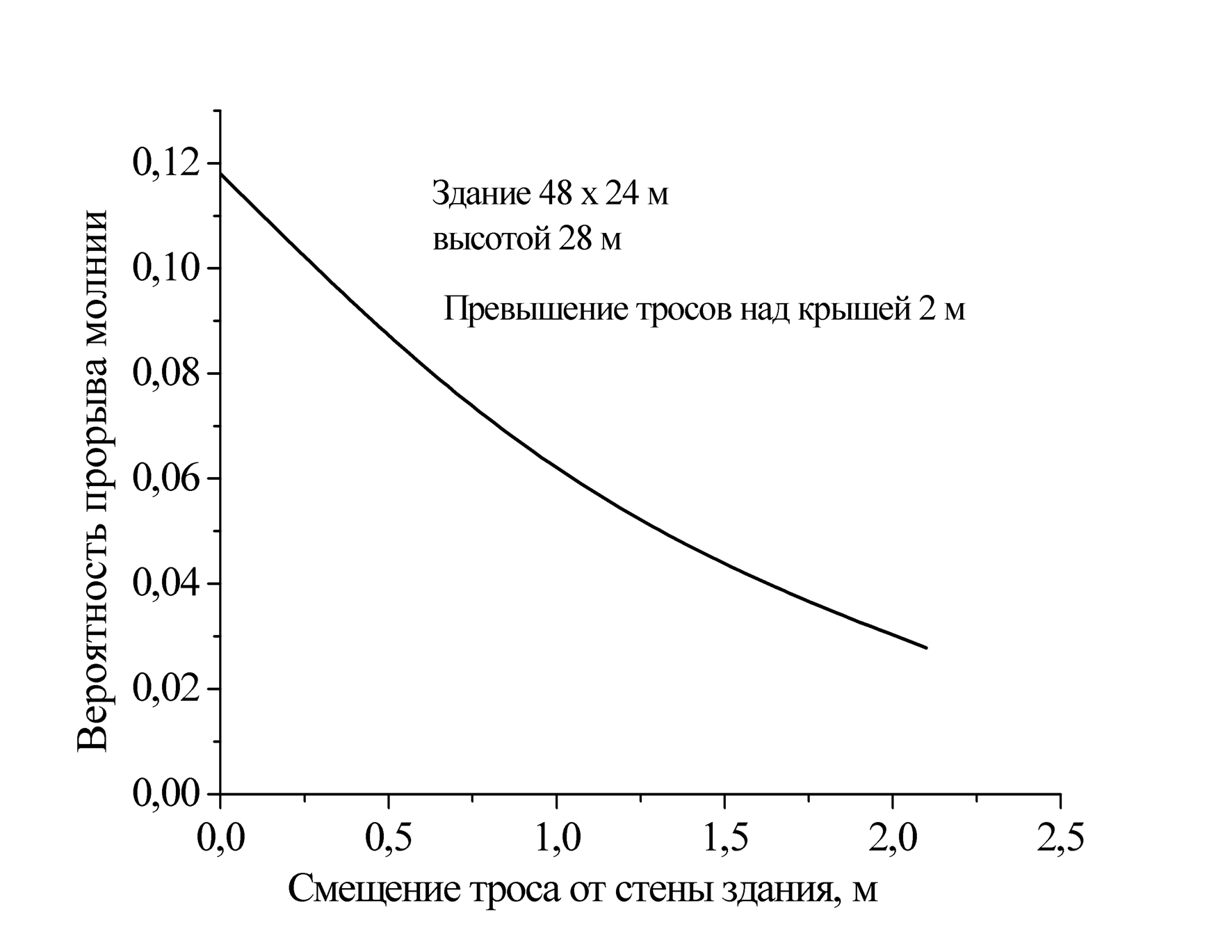From a series of articles The Truth About the Lightning Protection Grid.
- A lightning protection grid is intended only to protect the personnel and equipment on the top floor of the building with a dielectric roof. It is pointless to install the grid on metal reinforced concrete plates or their waterproofing layer, but it is even more pointless to try to convince the representative of the authorities to stop using it. It is absolutely useless without new regulatory documents clarifying the details. You can only find comfort in the fact that when the lightning strikes a building, the grid provides a more or less uniform distribution of the pulse current among the current collectors, which results in a more favorable electromagnetic environment inside the building.
- Lightning arresters made as a grid may not be installed on the roof directly. As in case with any wire lightning arrester, the grid wires may be elevated over the roof for any required distance, thus providing the lightning protection of the roof itself (if it is required) and the process equipment located thereon, e.g. climate control and ventilation machinery. To calculate the required elevation for this grid and its cell dimensions, the above-mentioned software can be used. To some extent, simplified calculations can be used for this, which are provided in Section 3.3.2.5 of the Lightning Protection Instruction SO-153-34.21.122-2003. To avoid stressing out the representatives of the authorities, it is better to call the grid elevated above the roof a multi-wire system for protecting against the direct lightning strikes. In this case, there will probably no fault-findings.
- It is important that the side lightning strikes would meet the wire lightning arrester as soon as possible.
The results of computer calculation in Fig. 6 demonstrate that this offset within 2 m allows reducing the lightning breakthrough probability for almost an order of magnitude.

Fig. 6.
Вероятность прорыва молнии - Lightning breakthrough probability
Здание 48 х 24 м высотой 28 м - Building 48 x 24 m with the height 28 m
Превышение тросов над крышей 2 м - Elevation of wire over the roof 2 m
Смещение троса от стены здания, м - Offset of a wire from the building wall, m
I wish you all success!
E. M. Bazelyan, Dr. Sc. (Eng.), Professor
Krzhizhanovsky Energy Institute, Moscow
Related Articles:



